sthira sukhãsanam
The motionless and agreeable form of staying is Âsana (Yogic posture).
-the Yoga Sutras of Patanjali, 2.46
Yoga postures, called âsanas, exercise every muscle, nerve, and gland in the body. These postures not only stretch and strengthen the body but also work all of the internal systems as well. Not only does yoga make the bones healthier and stronger, and the muscles more flexible and strong, it keeps the body free from disease by strengthening the immune system. It increases circulation and lung capacity, drains the lymphatic system, and stimulates the glands.
One of the things unique to yoga is it not only teaches us how to work skillfully but also how to rest deeply. Yoga postures help the student to become aware of their own personal habits and to change these habits and transform them into habits which promote good health. The Sanskrit word âsana derives from the verb âs, which means "to sit," but also "to be present." The word âsana itself then continually reminds us it is important "to be present" when practicing the postures, to listen carefully to what our body is telling us, or asking from us from moment to moment.
JC's Standard Âsana series
Click on an âsana below to see an image of the posture(s):
- Salutation to the Sun
- Balance Series
- Eagle Pose
- Warrior Pose
- Triangular Pose
- Stomach Lifts
- Chair Pose
- Garland Pose
- Crow Pose
- Camel Pose
- Lion Pose
- The Cat Series
- Sphinx Pose
- Cobra Poses
- Locust Poses
- Bow Pose
- Stick Pose
- Head Stand
- Child Pose
- Shoulder Stand
- Plough Pose
- The Bridge
- Fish Pose
- Wind Eliminators
- Hand-to-Big-Toe Pose
- Revolved Abdominal Pose
- Lord Vishnu's Couch
- Boat Pose
- Quick Corpse
- Wheel Pose
- Seated Forward Bend
- Rowing the Boat series
- Cobbler Pose
- Heroic Posture
- Cow Face Pose
- Half Spinal Twist
- Back-Roll
- Rocking Boat
- Corpse Pose
Surya Namaskar













Balance Series




Garudasana

Utkatasana

Malasana
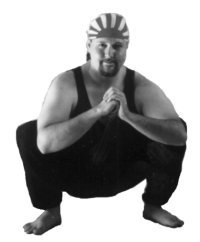
Bakasana
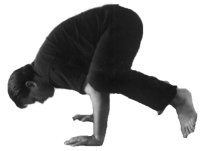
Ustrasana

Simhasana

Marjarya Vinyasa







REPEAT WITH OTHER LEG

Sphinx Pose

Bhujangasana


Salabhasana


Stick Pose


Balasana

Setu Bandha Sarvangasana

Pavanamuktasana


Paripurna Navasana

Quick Corpse

Urdhva Dhanurasana

Upavistha Konasana







REPEAT OTHER LEG
Baddha Konasana
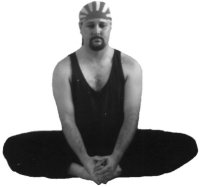
Virasana
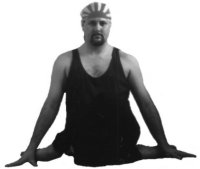
Gomukhasana
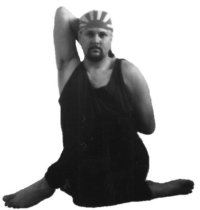
Back Roll

Rocking the Boat

Savasana
